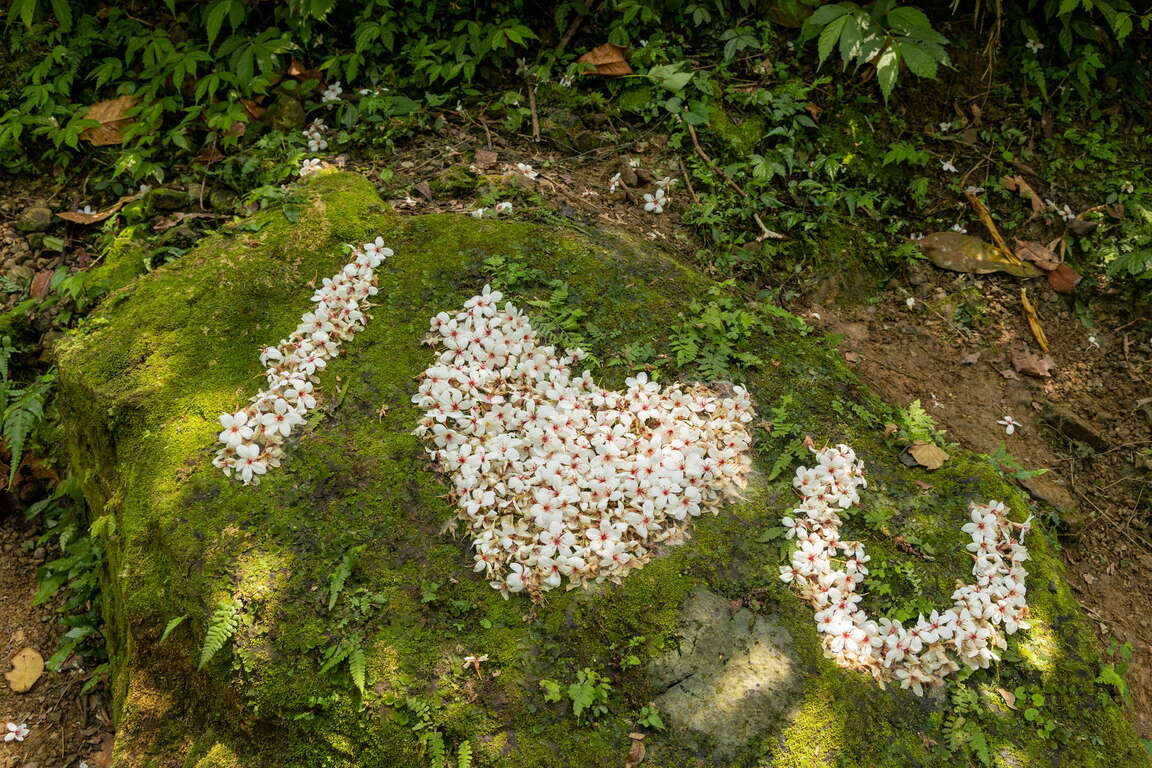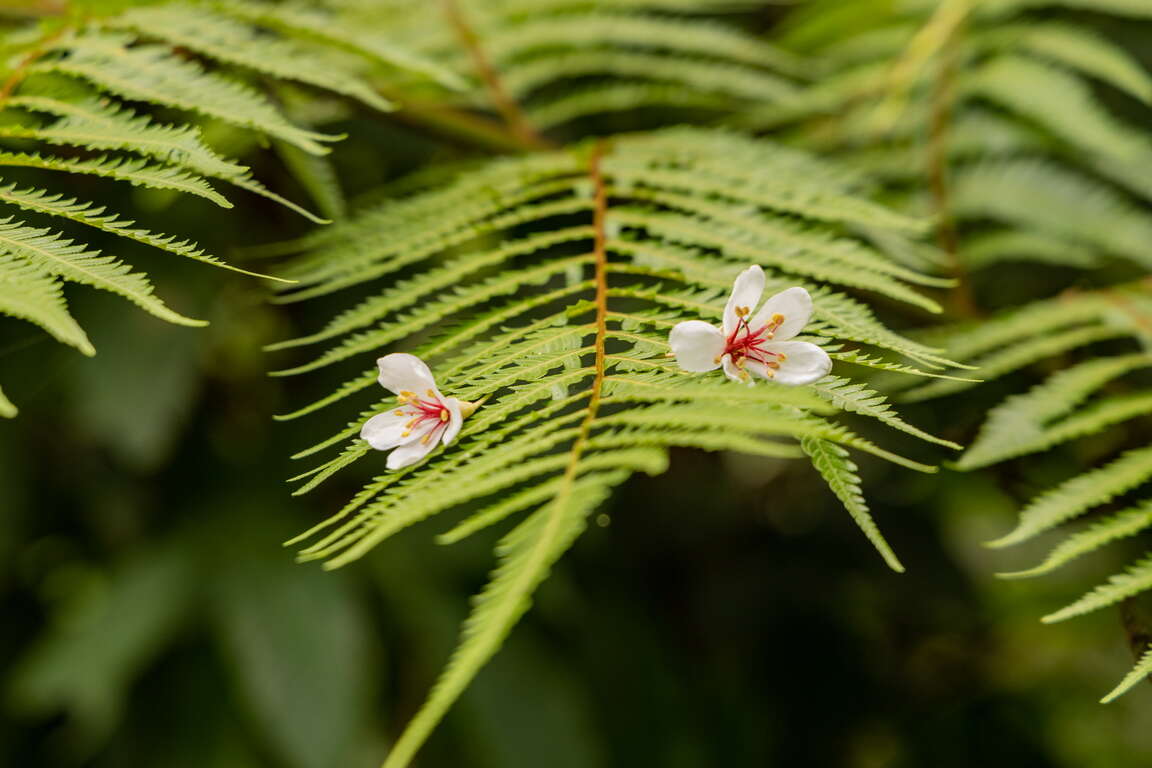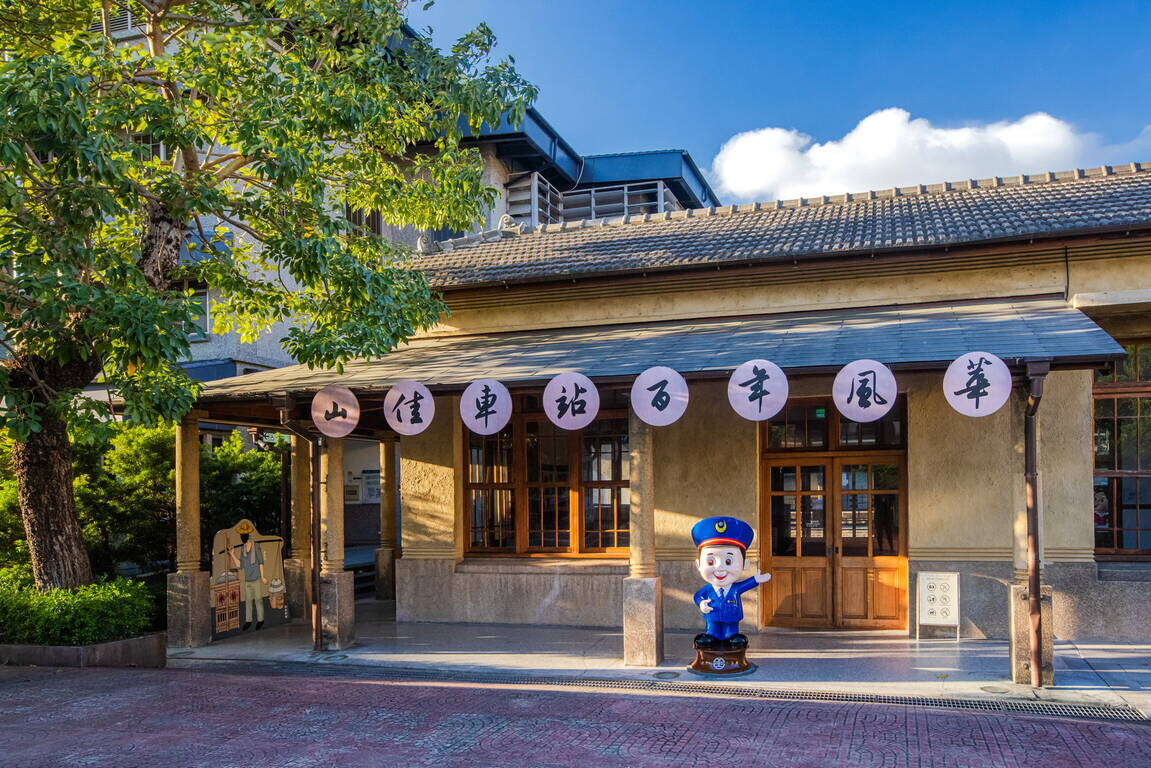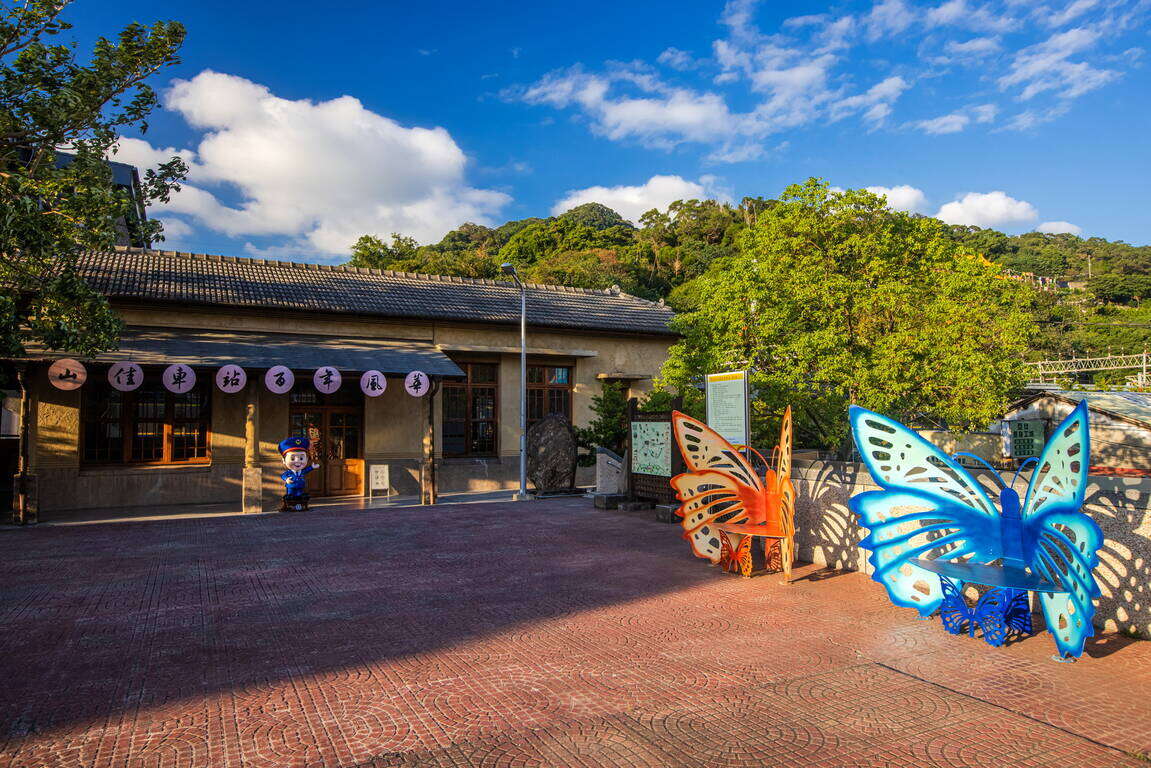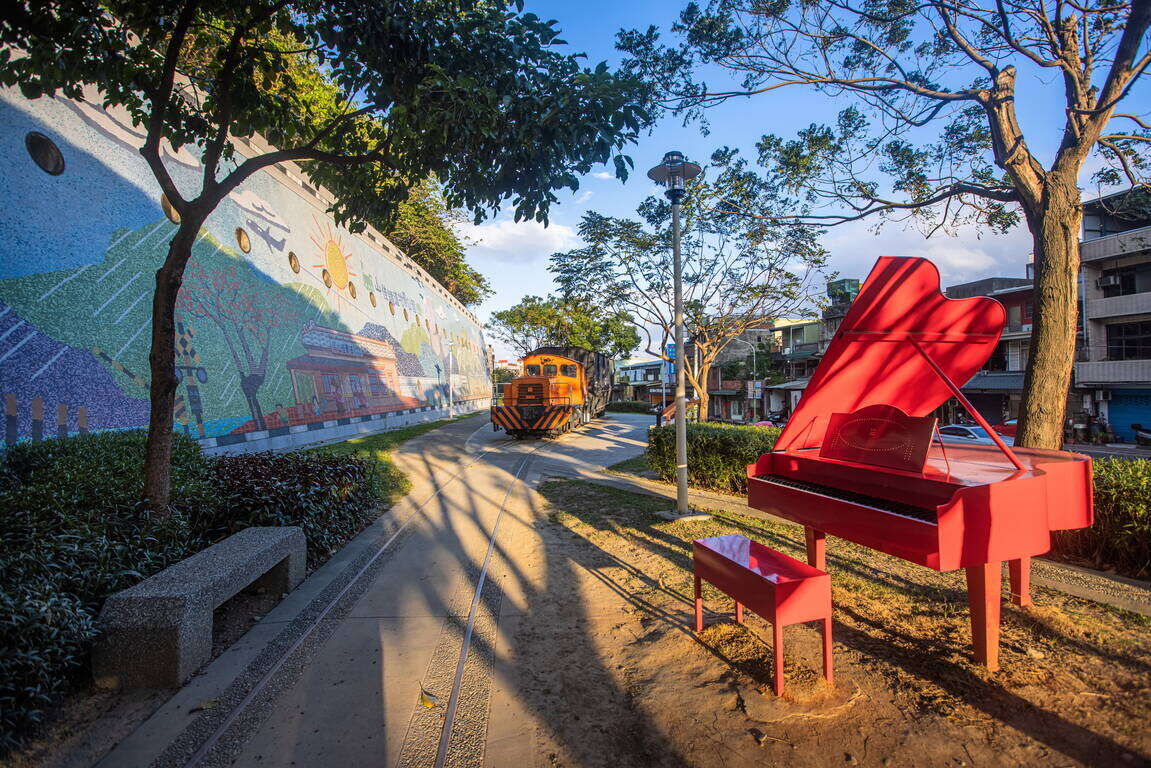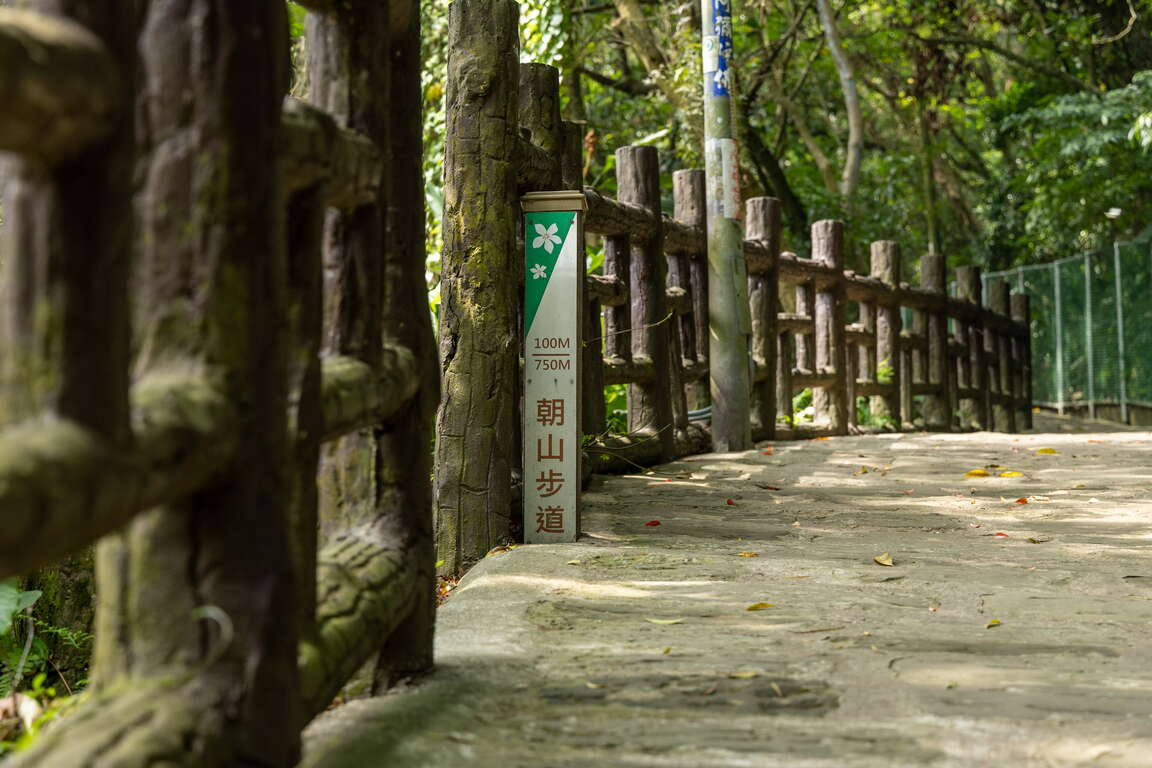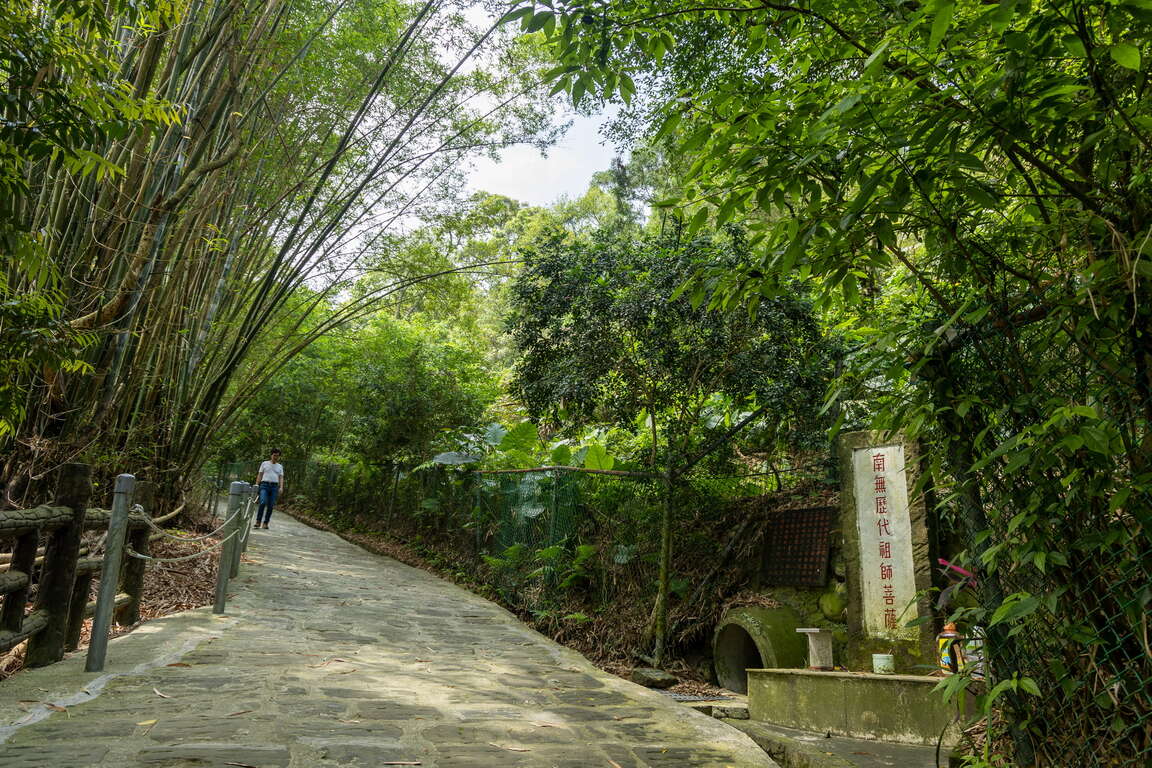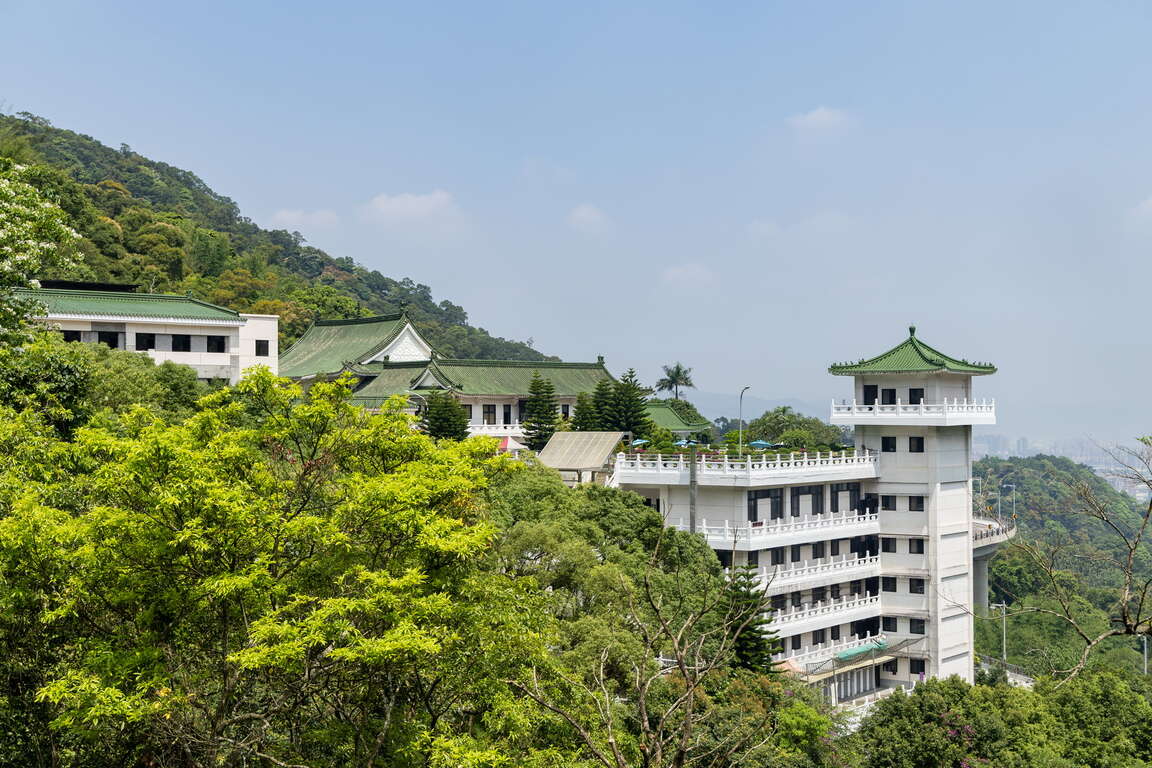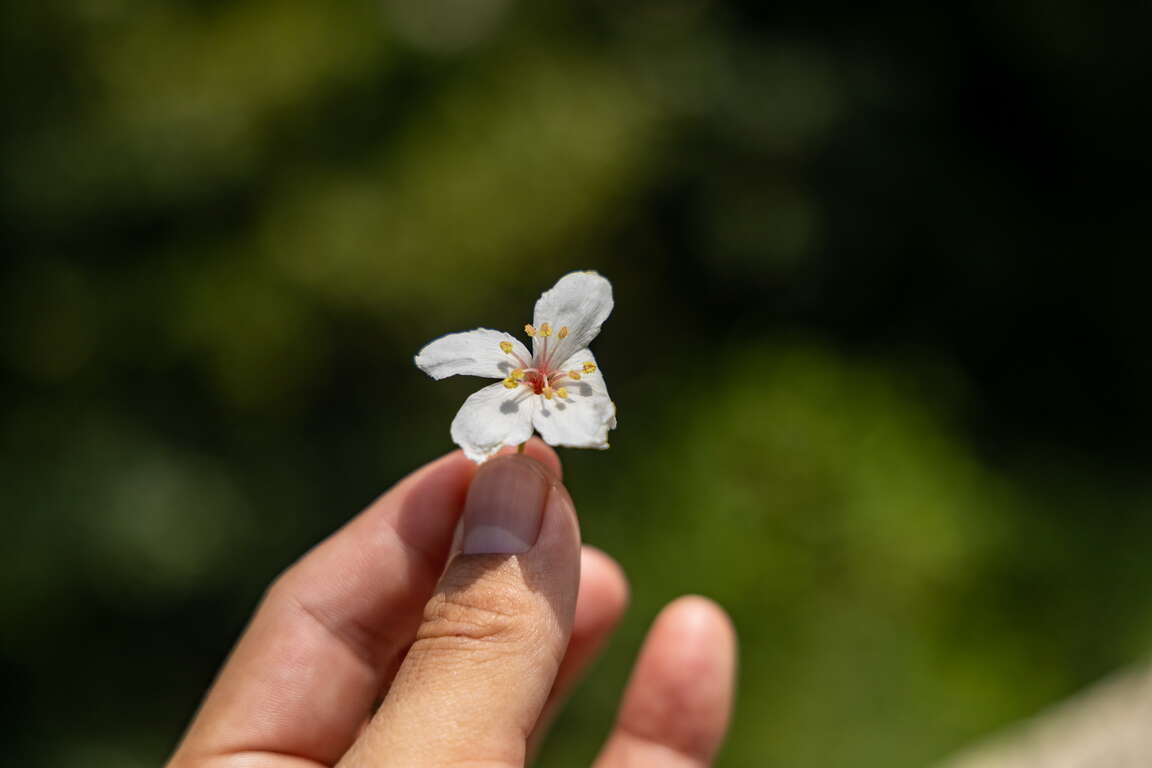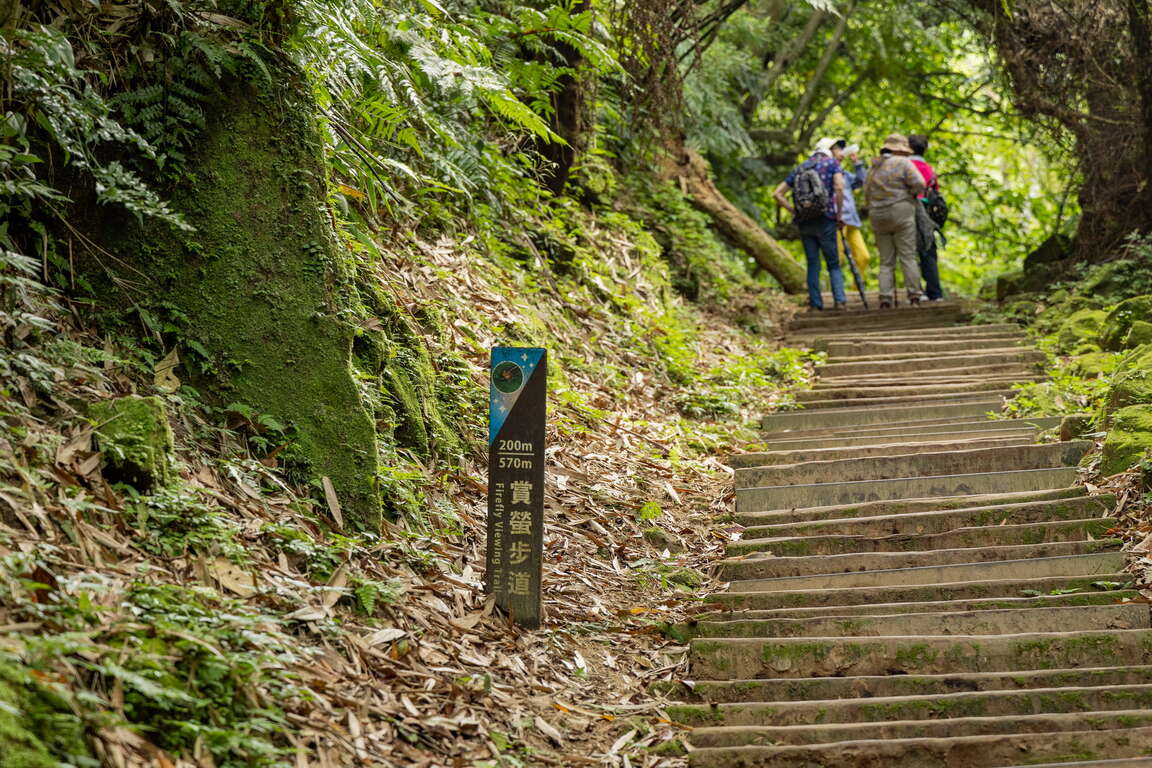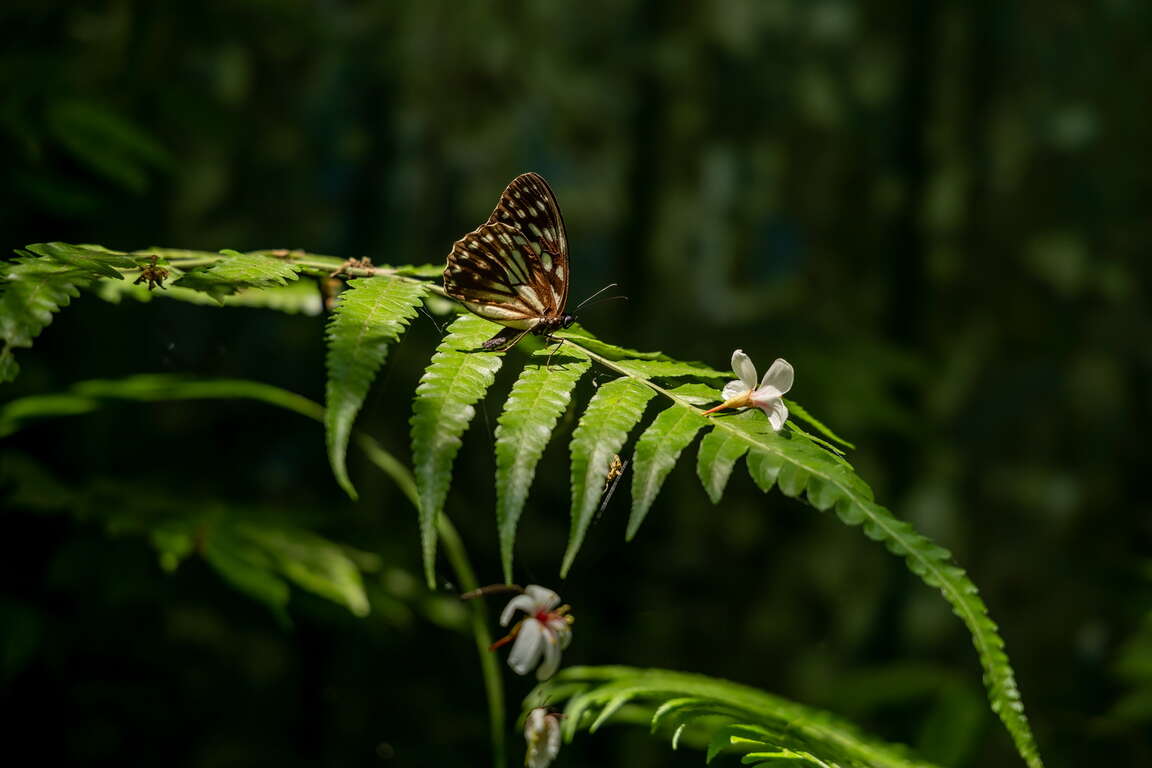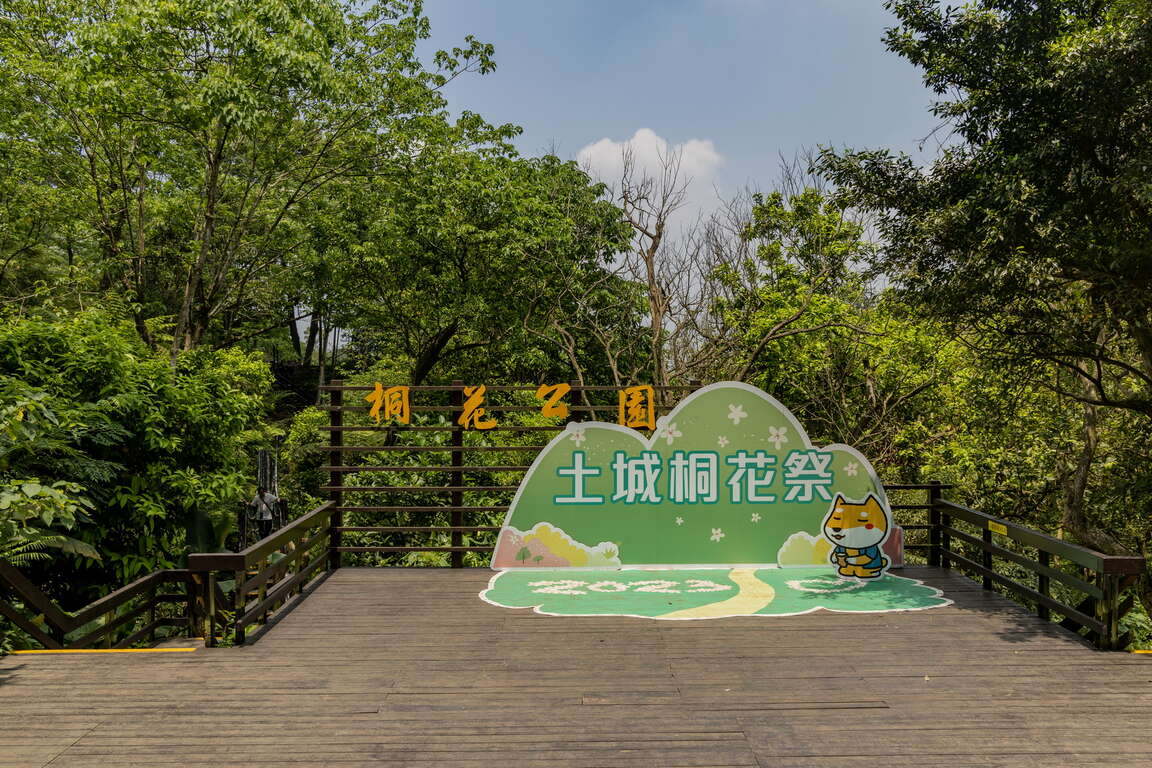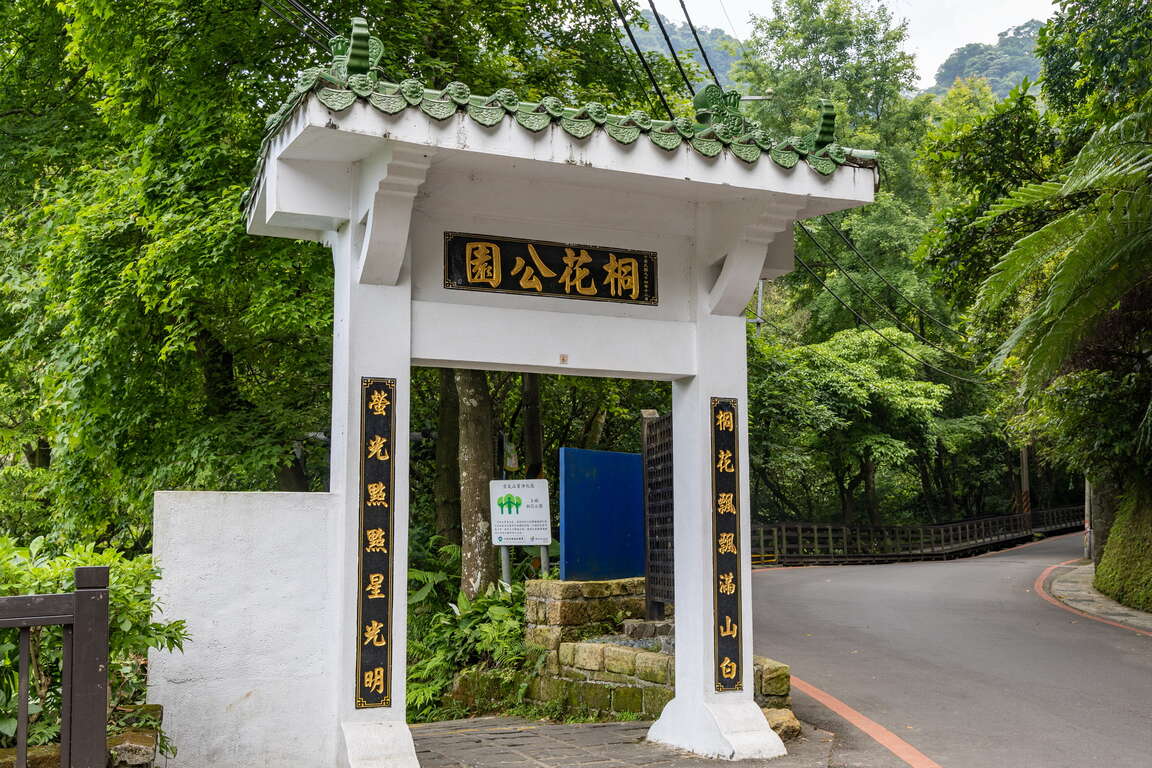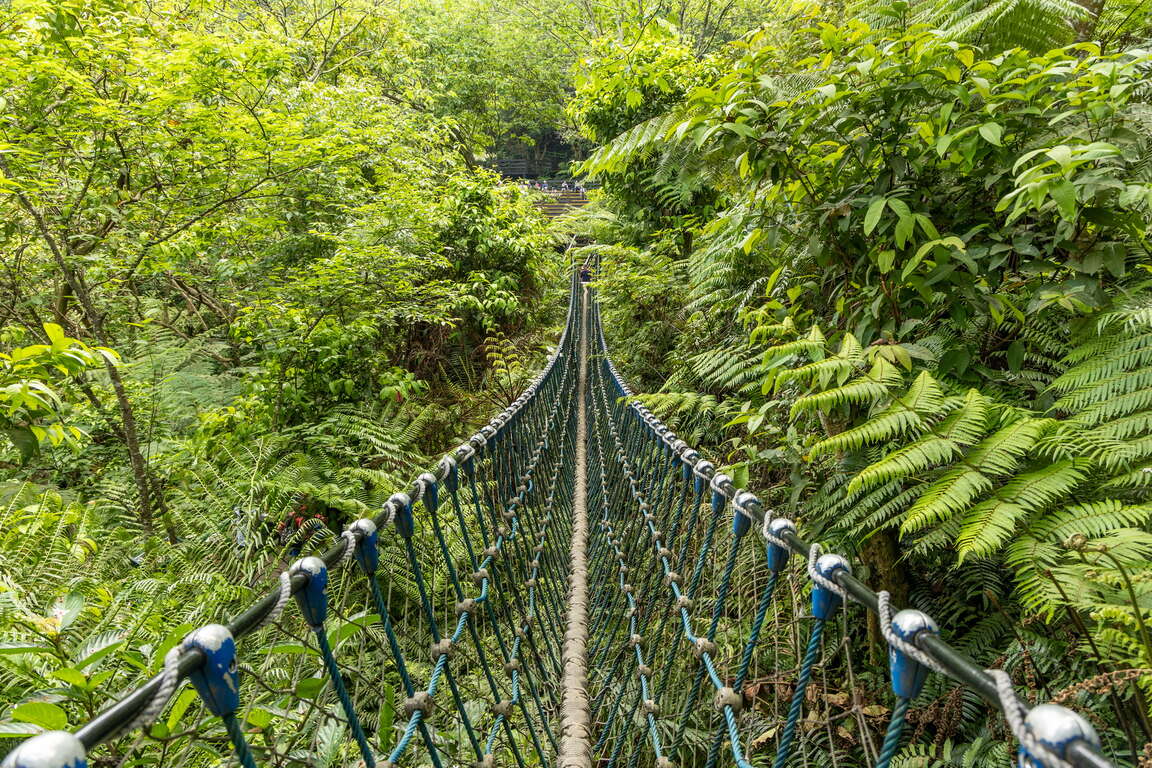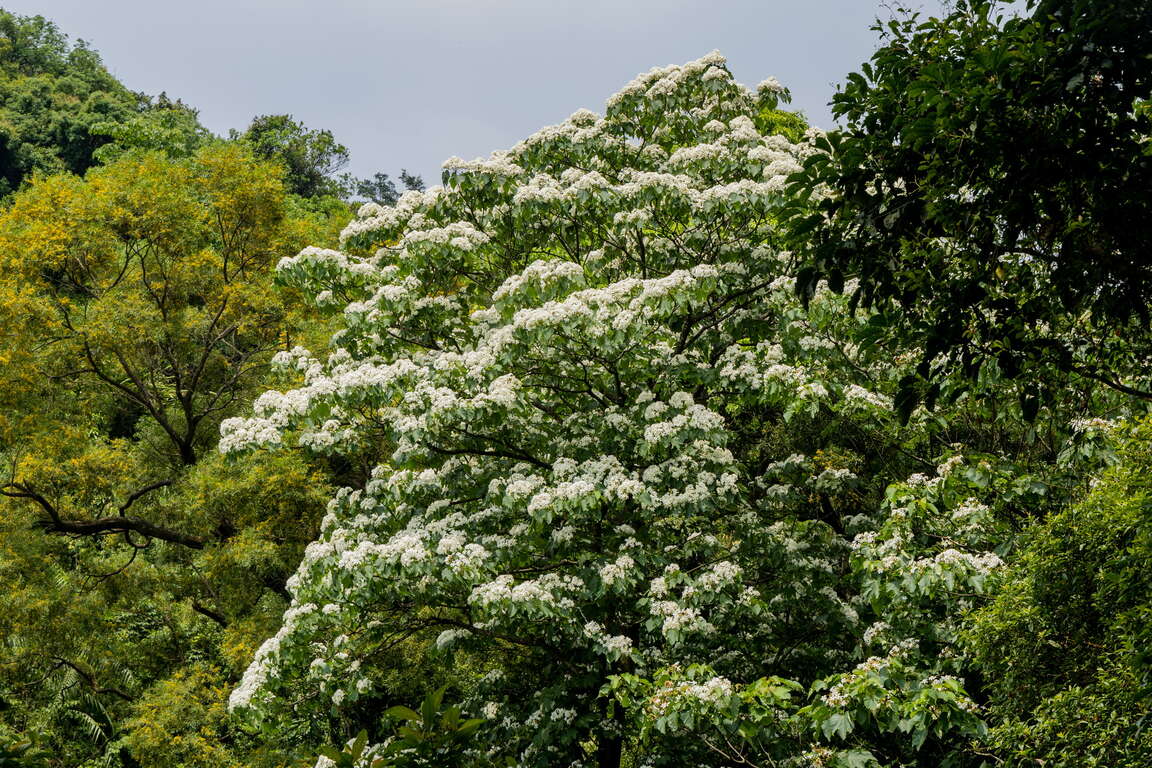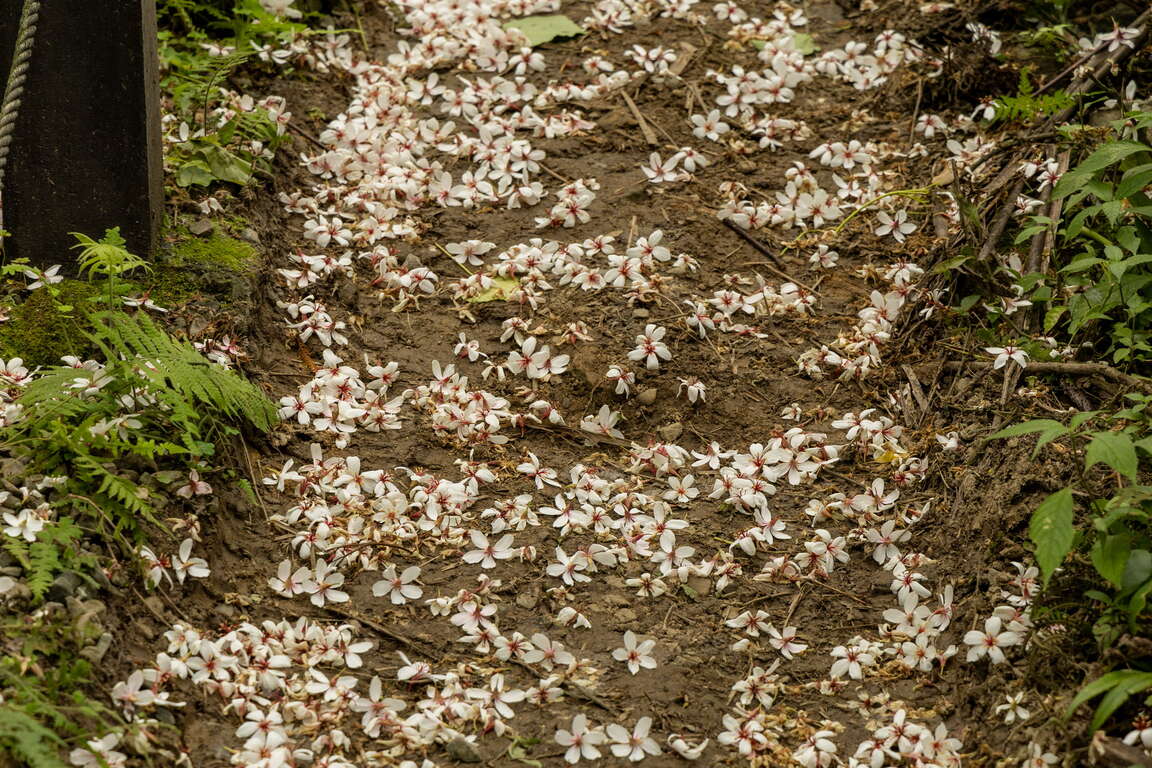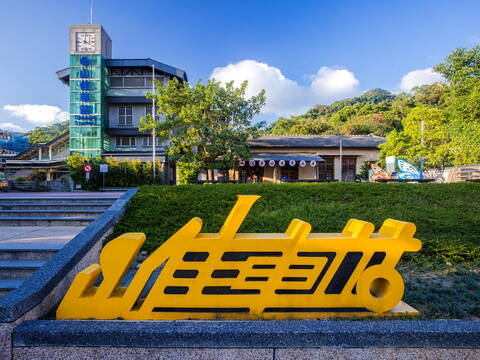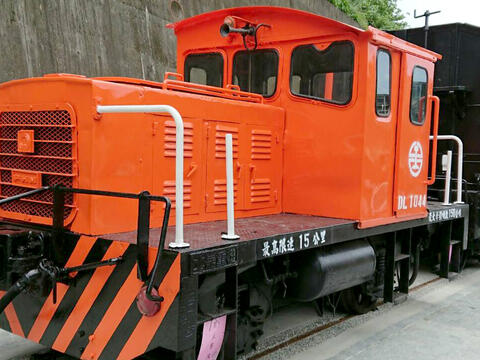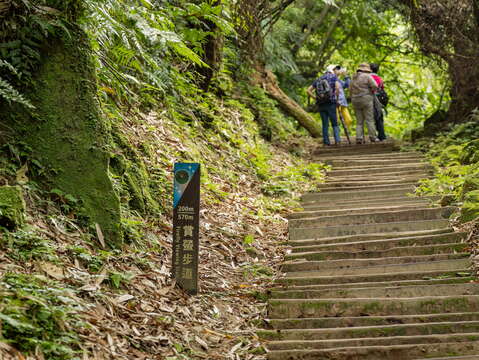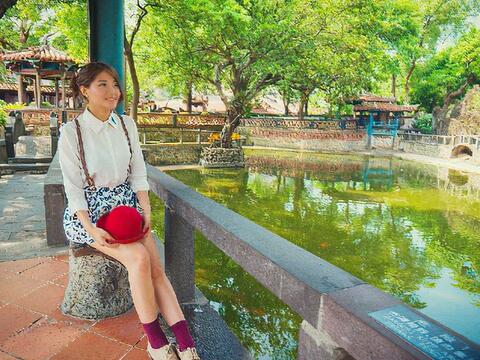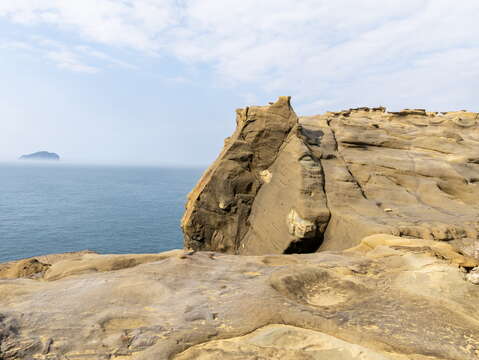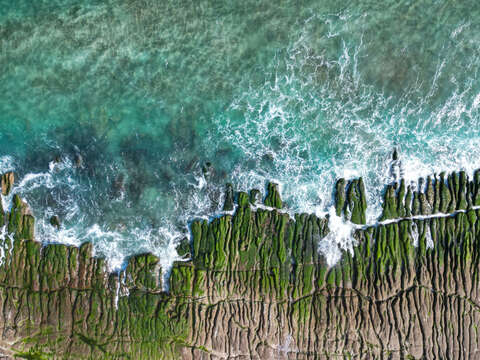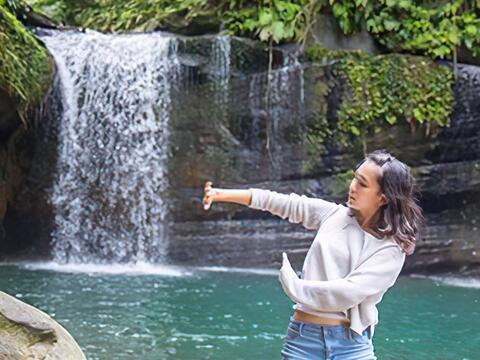Rebirth of Elephant Trunk Rock in Shenao
On one afternoon of December, 2023, Elephant Trunk Rock, a tourist attraction in Shenao, loudly crashed. Numerous tourists who had visited the site expressed their regret for the destruction of the rock, and they even posted photos of them taking with Elephant Trunk Rock on social media platforms. What’s more, some people launched the event of “sticking the trunk back to Elephant Trunk Rock,” which shows how reluctant people were to see the damage of the rock.Elephant Trunk Rock was a sea arch, and it was born after a rock had been eroded by the sea wind and waves for tens of thousands of years. As time goes by, the wonder created by erosion will eventually be taken back by the sea. However, some people with great imagination discover that the original site of Elephant Trunk Rock looks somewhat similar to a capybara, while others think it looks like “Lord Voldemort,” “steamed bun,” and so on. Let’s go to Shenao to see what the broken Elephant Trunk Rock looks like. Let’s hike on the Nanzilin Trail which is located to the east of Keelung Mountain to overlook the coastal cape and bay of the Northeast Coast. Then we will visit the capybara in Shenao, which is located to the west of the mountain, enjoy seafood, and feast our eyes on the grand views of the mountain and sea by riding a rail bike on the Shenao rail bike trail.Nanzilin Trail located to the east of Keelung Mountain is only 990 meters long. It is an easy trail with great views. The head of the trail is paved with wood, and the middle part and tail of the trail are made with stone steps. It is an easy and smooth trail. If you start the hike from the entrance to the trail at the back of Nanya Fishing Port, it takes around 50 minutes to reach the observatory which is approximately 200 meters above sea level. At the observatory, you can admire the curved bay of the Northeast Coast and lush mountains behind it.The landmark of Baxingmang has been set in the center of the observation deck on the top of the mountain, and it radially points at tourist attractions around Nanzilin Mountain. You can see Bitou Cape and Nanya Fishing Village to the east, and Keelung Mountain, the landmark of the Northeast Coast, and Yinyang Sea to the west. The beauty of the mountain and sea is pleasing to see.Moving westward along the Coastal Highway, you will arrive at Shenao Fishing Port which is renowned for its neritic squid within 10 minutes after you pass Keelung Mountain. Located to the east of Shenao Cape, the fishing port is the largest port in Ruifang District, and has the greatest number of fishing boats in Taiwan. Its prosperous fishing industry has nourished quite a few popular seafood restaurants. Savoring fresh seafood in Shenao is definitely the most wonderful pleasure after a hiking trip.After enjoying seafood, you can enter the Elephant Trunk Rock scenic area from the trail next to the third parking lot of Shenao Fishing Port. In the scenic area, you can walk along the beautiful coast of green stone grooves and mushroom rocks toward Elephant Trunk Rock. Looking back, you will see Keelung Mountain with a beautiful curve on the other side of the bay.Look at its small ears and honest-looking appearance! The sea arch which has lost its elephant trunk looks very similar to the cute capybara! Look closely, and you will see that this capybara seems to have its eyes partly closed. Elephant Trunk Rock was located on the tip of Shenao Cape, being surrounded by sea on three sides. Visitors could clearly see Keelung Islet in the distance from Elephant Trunk Rock. The website of New Taipei City Travel indicates that special natural landscapes are not named officially; instead, they are mostly named by the public. As everyone admires a tourist attraction from different perspectives, their imaginations for the broken elephant trunk are respected.After you admire the healing capybara, please do not rush to leave Shenao Fishing Port. The Sea-to-Sky Trail by the southern embankment of the port is a sightseeing trail that you must not miss in Shenao. Strolling on the Sea-to-Sky Trail, you can overlook Jiufen, a mountain town, and pose for photos with the cute sculptures of the neritic squid and squid. In addition, you will be able to see fishing boats coming in and out the port from time to time and enjoy the unique atmosphere of the port. Taiwan used to have an extensive light railway network which went to various towns. The network was mostly used for coal mining, sugar manufacturing, forestry and other industries. Additionally, it was used to transport some workers. However, as time changed, most light railways have been replaced by highway systems. Shenao Railway is one of the few light railways that have been preserved. Since its burden of transporting coal was removed, it has turned into a rail bike trail. You can ride a cute pufferfish-shaped bike on the old railway to enjoy the views of the sea. The Shenao rail bike trail that is adjacent to the coastline has been delicately designed with a bright and colorful light show in the tunnel. Houses nearby have been painted with the theme of the ocean as well. Moreover, you can see the ruins of Jianji Coal Mine, the only seabed coal mine in Taiwan, along the bike trail. The coal mine which was built in the mid-1950s was used to mine coal 500 meters below sea level. It was the motive force to boost the economic take-off of Taiwan as coal mining used to be the most prosperous industry in Shenao. The total length of Shenao rail bike trail is 1.3 kilometers, and it ends at Badouzi Station. The station is the terminal of Shenao Branch Line of Taiwan Railway, and it is also one of the most beautiful coastal stations in Taiwan as it enjoys the fame with Duoliang Station in Taitung. Moreover, Badouzi Station is the only station that strides across two cities in Taiwan. Standing in the center of the platform, you can face the azure ocean while embracing New Taipei City and Keelung at the same time.
